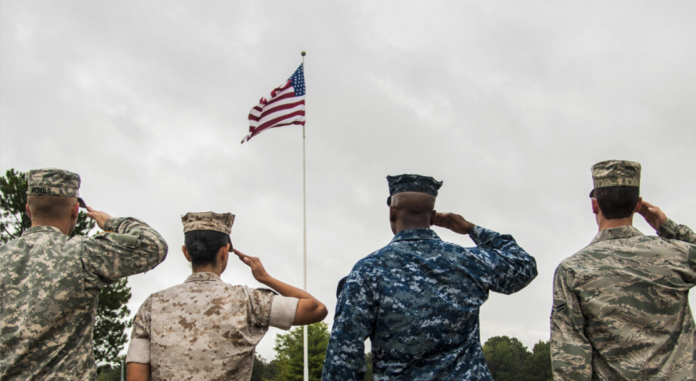
“…a day that will live in infamy…” President FDR’s famous words transmitted into homes across the country to notify the American people of the Pearl Harbor attack on December 7, 1941.
Many can recall that moment as if they were frozen out of fear. The Axis Powers were knocking on the back door of America. It was every intent to keep our war there until December 11, 1941 when Adolf Hitler officially declared war on the US. Images of the tragedy eventually swept across the country and filled every news stand. The numbers eventually total of 2,335 killed and 1,143 wounded. There was minimal time to grieve in that moment as the country was prepping for its World War debut. In response, here we are remembering it eight decades later.
The wound of a surprise attack reopened with the 9/11 attacks in New York. In fact, the crumbling of the towers was instantly compared to Pearl Harbor and the Kamikaze attacks. It is because of this many scholars of history, sociology and psychology have taken to the study of response and remembrance. There are quite a few connections to be made here, including the rise in nationalism and the fear of those who are familiar to the newly-established enemy. We can look to our own humanity for answers and the truth of it is that neurologically, we feel before we think. We are emotionally driven beings, and a threat to our national security induces fear and paranoia that is sure to change the collective.
However, there is a large contrast over time between the two events. Pearl Harbor was able to find an end far sooner than the War on Terror. After four years of US fighting in WWII, the Allied Powers achieved victory and moved into the second stage in assistance with the dismantling and rebuilding of the German government. The Potsdam Agreement, Operation Keelhaul and the Allied Control Council are all examples of the checks and balances put in place to ensure Germany would not cultivate another destructive power. In turn, the War on Terror takes on more independent initiatives carried out by technology causing the issue to linger far beyond its time.
Italian Philosopher Giambattista Vico makes emotional links to facts which ultimately romanticize the history which continues to take on a poetic or mythic narrative over time. While they may seem repetitive they are important because people often refer to the past to make sense of the present. In this case, the ripple effects of each event are different; but the simple facts of the trigger point draw connections needed to make sense of the chaos. That is the message. This is The Messenger.
“The past remains integral to us all, individually and collectively. We must concede the ancients their place… but their past is not simply back there, in a separate and foreign country, it is assimilated in ourselves and resurrected in an ever-changing present.” David Lowenthal The Past is a Foreign Country



